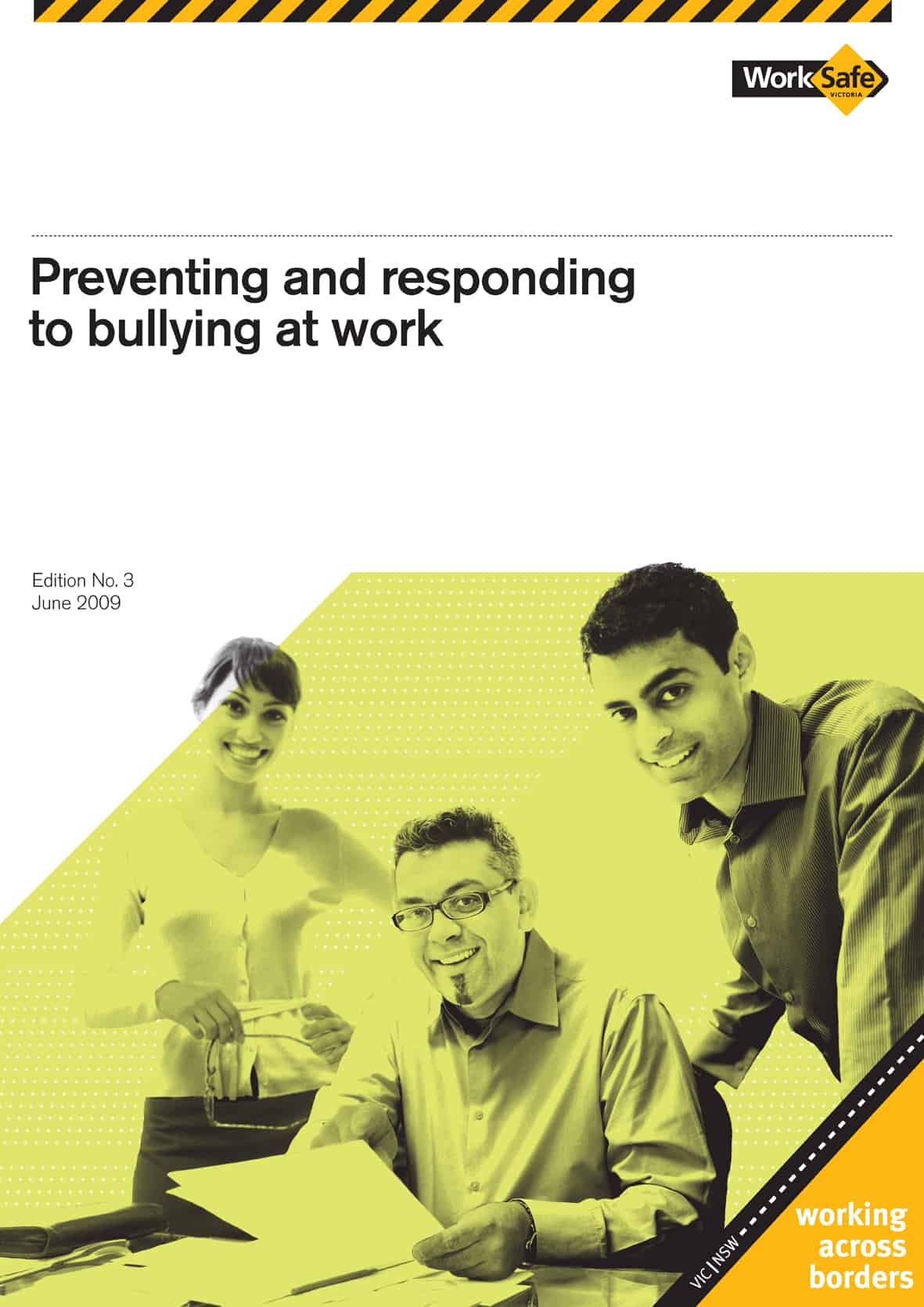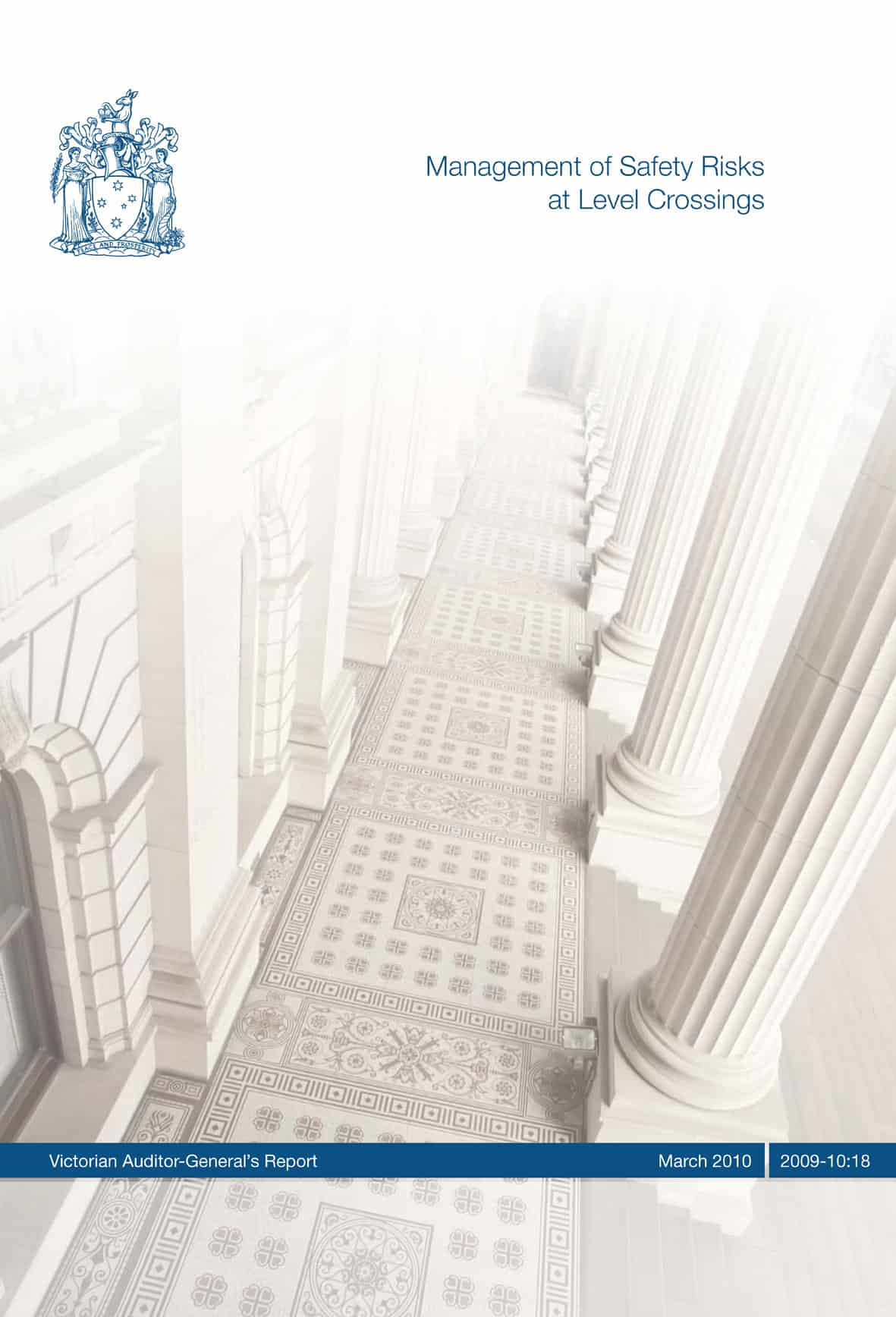Recently SafetyAtWorkBlog received some promotional material from a laptop accessory supplier, ErgoAustralia, which stated that laptops may be “the RSI of this decade especially for the growing bones and muscles of our children”. The aim of the information was to show how accessories can reduce the risk of using laptop computers.
There is no doubt that this is so. This blog is often written in a cafe through a fold away keyboard and back at the office, the laptop sits on a stand with a wireless keyboard and mouse but the laptop is not the principal PC on which work is performed. That is a desktop PC.
When laptops are the only computer option and the work tasks rely on laptops, the complications and hazards occur.
Rick Clancy of ErgoAustralia provided the following quotes in support of the dangers of laptops:
Alan Hedge from Cornell University says the following “Guidelines for laptop use are more difficult because laptop design inherently is problematic – Continue reading “If laptop design is hazardous, what does this say about the iPad?”



